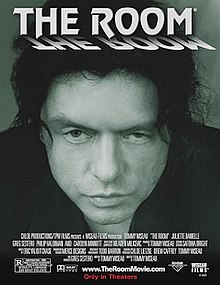
----
Human name: Diane Dahl
Magical Girl name: Smile Princess Pinkie Pie
1. What kind of girl are you? (Bright and Cheerful.)
2. What convinced you to make a pact (“Heroes make everyone happy, and they give us something to believe in!”)
3. What is your wish? (“I wish people didn’t have to suffer and could smile all the time.”)
4. Magical element (Joy)
5. Magical weapon (Cannon)
6. Magical power (Resourceful Purse)
7. Magical Girl Costume:
A) Costume Style: Harlequin
B ) Costume Colors: Pink and Black
C) Costume Accessories/Motifs: Heart and star motifs
8. Magical Attributes (Heart: 7, Fury: 6, Magic: 7)
9. Normal Attributes (Charm: 7, Insight: 9, Tenacity: 9)
10. Base Resolve (18)
11. Magical Specialization (Witch)
12. Magical Talents (Common Talents: Teleport and Speed Burst; Witch Talents: Amplify Magic and Marionette)
13. Crisis (“There’s a youma that looks like me, and I think it wants me dead.”)
-------
As you can see, I maaay or may not have taken inspiration from one of my favorite DC Comics characters for Pinkie's costume, hehe. Anyways, now that the primary characters have been dealt with, next time, I'm going to answer what might be the most crucial questions in the setting:
"What are the Oblivion Seeds, and what is their true purpose in the grand scheme of the war against the youma?"
Heads up - spoilers ahead, and they ain't pretty.
- Read more...
- 0 comments
- 522 views


